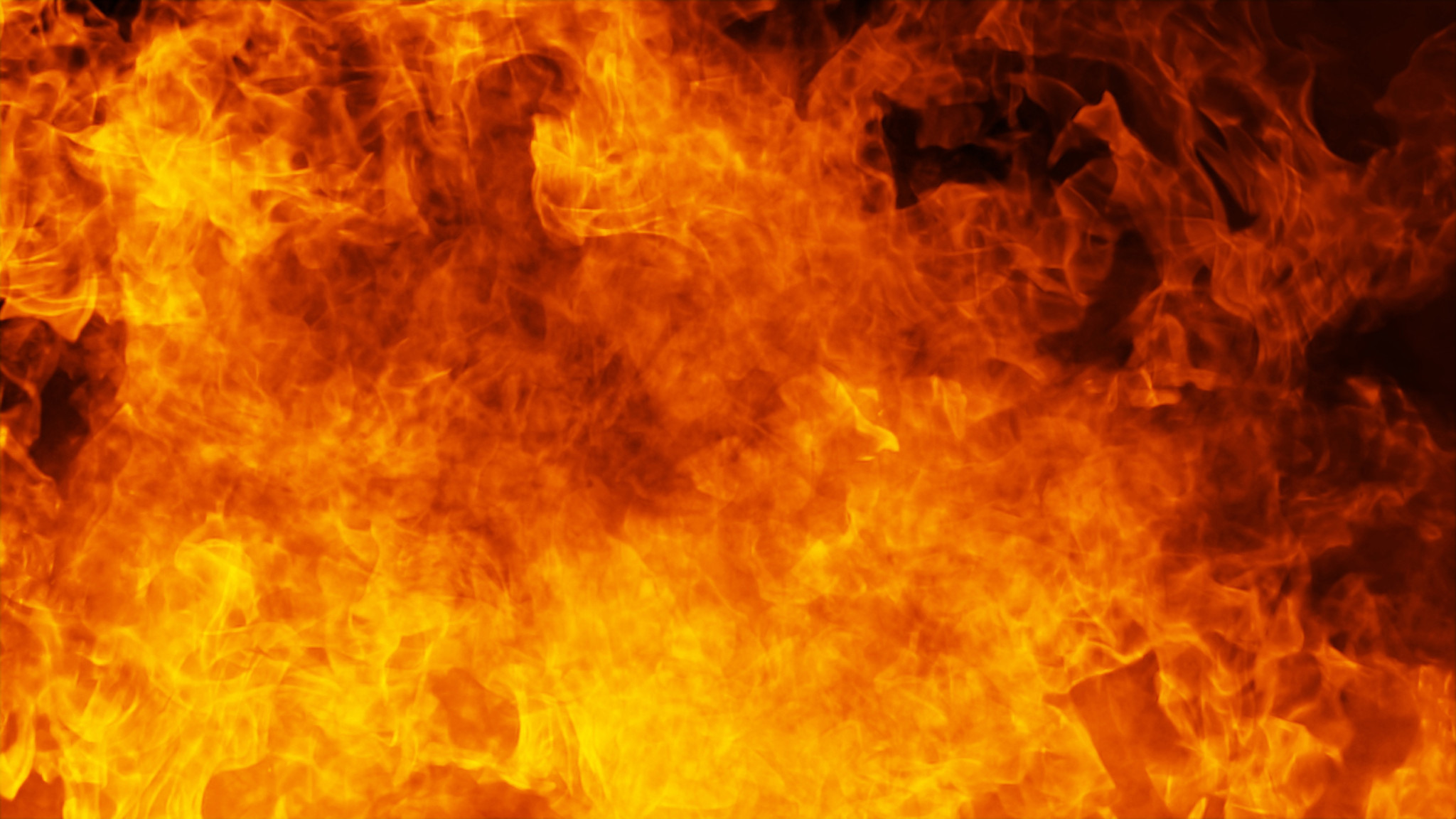

Flash Fire
In a flash fire, a matter of seconds can mean the difference between minor burns and life-threatening injuries. Survivability is determined by the percentage of total body burn. The lower the level of total body burn, the greater the chance of survival.
Flash Fire Standards
For many industries, the flash fire hazard has been a growing concern. Recently however, several serious incidents have made industry sectors look at ways to protect their workforce.
The flash fire hazard can be deadly due to injury sustained during an exposure. A worker's ability to survive is a function of their age, severity and amount of body burn injury. Not having the ability to control a workforce's age means employers must try to reduce the severity and amount of burn injury for identified exposures. As age, severity and amount of body burn injury increase, survivability decreases.
The purpose of protective clothing worn by workers should be to minimise the severity and percentage of body burn when exposed to a flash fire. Third-degree burn injury should be prevented while second-degree burns should be minimised. This will create the best chance for worker survivability.
Flash fire rated protective PPE helps protect the wearer from the heat and flame of a flash fire while providing valuable seconds for escape and minimising the potential for burn injury. The thermal protective properties of fabrics and fabric systems can be demonstrated through the use of the Thermal Protective Performance (TPP) test, as described in NFPA Standard 1971 and ASTM D4108.
The Thermal Protective Performance test measures how well a fabric or fabric system can protect the wearer against second-degree burns in a flash fire. The higher the TPP value, the more thermal protection the fabric provides relative to other fabrics.

Profile Of A Flash Fire
Typically, an industrial flash fire exhibits:
- Temperature in excess of 800°C (1470°F).
- Heat fluxes up to 4 cal/cm2.
- 2 to 5 seconds in duration.
- Heat exposure energies up to 20 cal/cm2.
BURN INJURIES
- Severe burns from intense heat and flame.
- Severe burns from clothing igniting.
- Severe burns from synthetic clothing melting.
NFPA 2112
Purpose
The NFPA 2112 standard shall provide minimum requirements for the design, construction, evaluation and certification of flame resistant garments for use by industrial personnel, with the intent of not contributing to the burn injury of the wearer, providing a degree of protection to the wearer and reducing the severity of burn injuries resulting from short-duration thermal exposures or accidental exposure to flash fire.
Scope
The NFPA 2112 standard shall specify the minimum performance requirements and test methods for flame resistant fabrics and components and the design and certification requirements for garments for use in areas at risk from flash fires.
NFPA 2113
Purpose
The purpose of the NFPA 2113 standard shall be to reduce the health and safety risks associated with the incorrect selection and use of flame resistant garments and those risks associated with incorrectly maintained, contaminated or damaged flame resistant garments.
Scope
The NFPA 2113 standard shall specify the minimum selection, care, use and maintenance requirements for flame resistant garments for use by industrial personnel in areas at risk from flash fires or short-duration flame exposure that are compliant with NFPA 2112, Standard on Flame Resistant Garments for Protection of Industrial Personnel Against Flash Fire.
ASTM F2733
Scope
This specification establishes applicable test methods, minimum physical and thermal criteria, a suggested sizing guide and suggested purchasing information for rainwear for use by workers who are potentially exposed to industrial hydrocarbon fires or other petrochemical fire hazards. The specification does not apply to rainwear for thermal electric arc flash hazards, which are addressed in ASTM F1891.
The objective of this specification is to prescribe function and performance criteria for rainwear that meets a minimum level of thermal and physical performance when exposed to a laboratory-simulated fire exposure. Controlled laboratory tests used to determine compliance with the performance requirements of this specification shall not be deemed as establishing performance levels for all situations to which wearers of this protective clothing are potentially exposed.
STANDARDS
| STANDARD | TITLE |
| ASTM F2733-17 | Standard Specification for Flame Resistant Rainwear Against Flame Hazard |
| ASTM F955-15 | Standard Test Method for Evaluating Heat Transfer Through Materials for Protective Clothing Upon Contact with Molten Substances |
| ASTM F1002-15 | Standard Performance Specification for Protective Clothing for Use by Workers Exposed to Specific Molten Substances and Related Thermal Hazards |
| ASTM F1930-18 | Standard Test Method for Evaluation of Flame Resistant Clothing for Protection Against Flash Fire Simulations Using an Instrumented Mannequin |
| ASTM F1939-15 | Standard Test Method for Radiant Protective Performance of Flame Resistant Clothing Materials |
| NFPA 2112-2018 | Standard on Flame Resistant Garments for Protection of Industrial Personnel Against Flash Fire |
| NFPA 2113 | Standard on Selection, Care, Use and Maintenance of Flame Resistant Garments for Protection of Industrial Personnel Against Short-duration Thermal Exposures |
| CGSB 155-20 | Recommended Practices for the Provision and Use of Workwear for Protection Against Hydrocarbon Flash Fire |